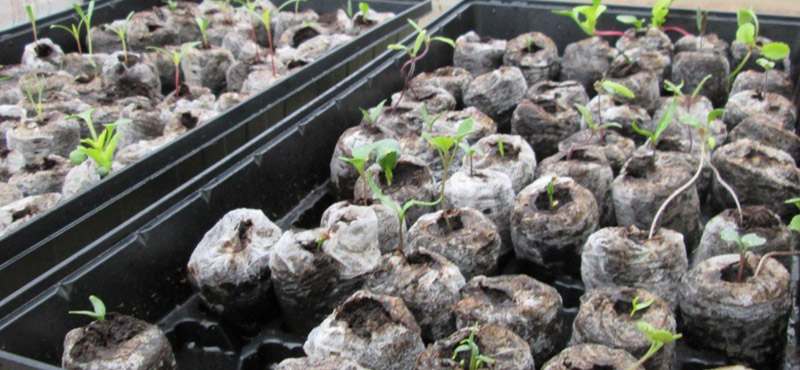A few months ago, [Adam] was building a controller system for a small hydroponic system he had set up in his basement. Since then, the Hackaday Prize was announced, and given the theme – saving the world one plant at a time – he’s renvisioning his garden control and monitoring system as a Hackaday Prize entry.
While the mechanical and green part of the build is exactly what you would expect from something designed from hardware store parts, the electronics are rather interesting. All the plants in either a hydroponic or dirt-based setup will have their moisture level and PH monitored by a a set of electronics that push data up to the cloud.
The current hardware setup includes a DyIO, a very cool dev platform with 24 digital I/Os and 24 servo outputs, a Raspberry Pi, and a few module boards loaded up with ARM microcontrollers and an ESP8266. [Adam] is hitting all the hardware on this build.
So far, [Adam] has a few boards sent out to a board fab, including an analog sensor module, a digital sensor module. a WiFi module hub, and a few bits and bobs that make integration into an existing garden or hydroponic setup easier. It’s a great project for this year’s Hackaday Prize, and proof that you don’t need to come up with a new build to submit something.






















A small hydroponic system… In his basement. ;3
Heh…thinking the same thing. Thinking it’s a GOOD thing!
Awesome. Best place to put your hydroponics without being judged.
…I mean, what if he’s planting food? That would be embarassing.
Nothing wrong with growing plants in the basement. There is a whole indoor/urban plant growing movement. Often it is small scale and high density. I use mine to grow peppers and lettuce mainly as well as being a great place to start seedlings for the garden.
” …proof that you don’t need to come up with a new build to submit something.” So… I build networking infrastructure and created the internet. Do I get a free ride to space now?
Just saying that you did something doesn’t count.
Got pics?
Someone do a comprehensive photo tour from ARPANET to now, and I might chip in a few bucks for a space trip.
I invented the internet!
I have my reservations with the idea that home hydroponics will save the world.
It would be interesting to calculate the energy cost and CO2 footprint associated with growing hydroponic food and compare with shop bought produce.
I do like this project, it could be used to optimise conditions for differing plants.
I’m impressed. I’d like to use such a thing to say I have 3 different climates, Alpine, Tropic and Desert.
The biggest and most valuable aspect isn’t the “green gold” that most people assume.
It’s actually protecting and propagating endangered plant species.